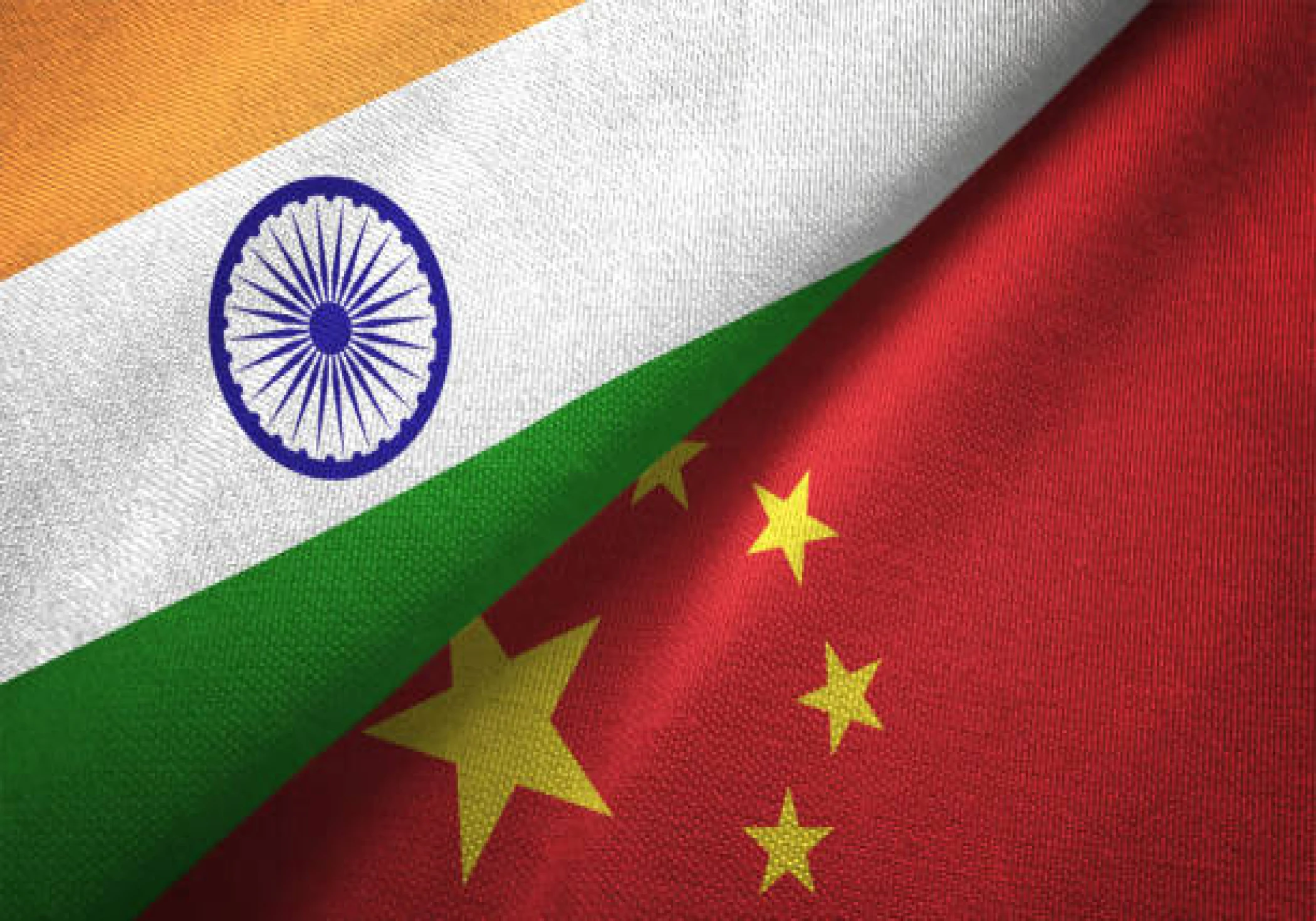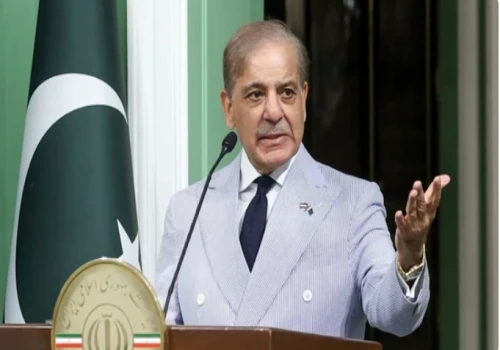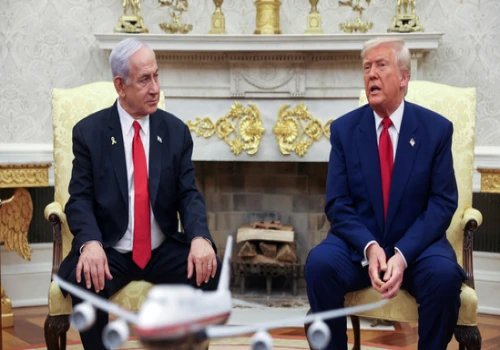
India and China are expected to complete their military disengagement in select regions along the Line of Actual Control (LAC) today. This long-awaited move comes as both countries strive to ease tensions following multiple diplomatic and military talks over the past three years, following border clashes that escalated in mid-2020.
The disengagement process, which began earlier this month, is intended to reduce confrontation between Indian and Chinese forces in several strategic locations, including the hotly contested areas of Eastern Ladakh. Both nations have agreed to reposition troops and create buffer zones, ensuring a safer and more stable environment for soldiers and locals near the border. Demchok and Depsang Plains in eastern Ladakh are two places of contention along the LAC where the two nations will battle militarily.
According to External Affairs Minister S Jaishankar, de-escalation of tensions follows military disengagement at the two locations of conflict at the Ladakh borders. He also highlighted that developing mutual trust and willingness between the two countries will take time. The Foreign Minister emphasised that the agreement resolved three key concerns, with disengagement being the first and "most pressing one" because the two nations' military are "very, very close up to each other and the danger of something happening is there." "De-escalation" is the second, he added, followed by the "bigger issue of how do you manage the border and how do you negotiate the boundary settlement" as the third.
While the completion of this disengagement is an optimistic development, analysts caution that it is only a first step. The two countries still have unresolved claims, and achieving long-term stability will require continuous dialogue, transparency, and effective communication channels to prevent misunderstandings.
India and China are set to reconvene for further negotiations on territorial concerns and peace-building strategies in early 2025.










